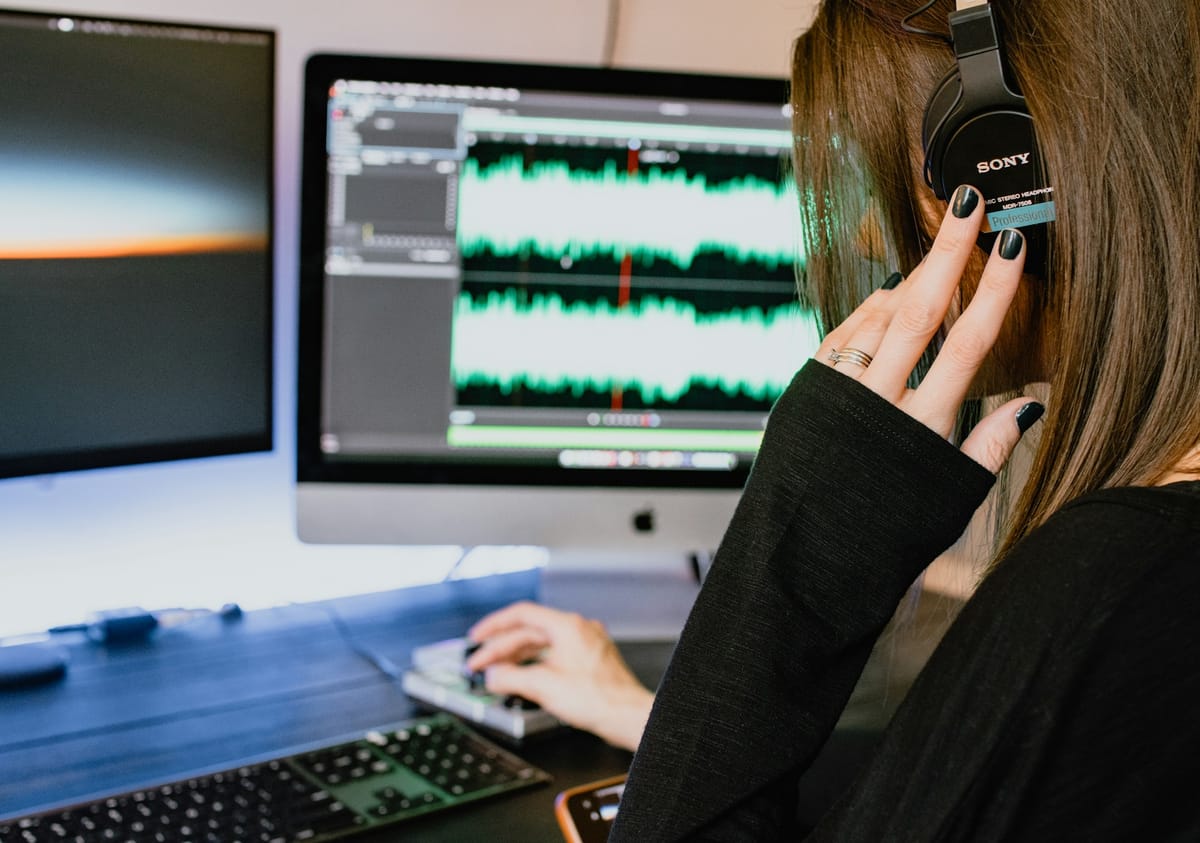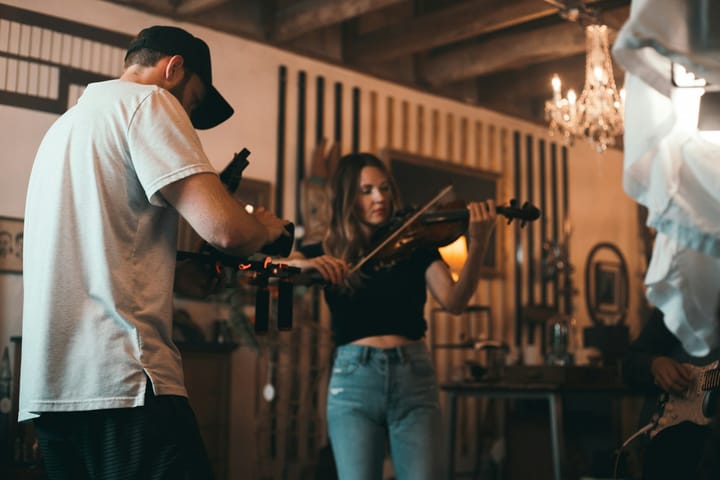Jerome: "Each sequence is like a short film." How an editor uses inserts and sound design to create a visceral viewing experience.


The Editing Podcast released a fascinating behind-the-scenes look at the editing process of the Oscar-nominated film, The Substance. This deep dive is invaluable for content creators, particularly editors and filmmakers, offering insights into how unconventional editing choices can elevate a film and create a truly unique cinematic experience.
The video focuses on an interview with Jerome, the editor of The Substance. The film, known for its visceral and unpredictable nature, utilized a distinct editing style to evoke strong emotional responses from the audience. As Jerome explains, "The main thing is the audience will feel what the character feels."
Jerome discusses the collaborative process with the director, Kali, highlighting her relentless pursuit of pushing the boundaries of traditional filmmaking. He mentions how each sequence was treated like a mini-film, with its own distinct rhythm, atmosphere, and even musical score. "Each sequence was a kind of a little story," Jerome shares. "Like each sequence is like a short film." This approach contributed to the film's unpredictable nature, consistently surprising the audience with unexpected visuals and sounds.
The core message revolves around using editing and sound design to create a deeply immersive and visceral experience for the viewer. This prioritization of emotional impact over traditional narrative structure is key to the film's unique identity. As Jerome states, Kali's philosophy was, "We don't care so much about the scriptâ… The main thing is to have something immersive, that the audience will feel what the character feels."
This unconventional approach resonated with many viewers. A user on Reddit (link) commented, "The editing is chaotic, but it works! It perfectly captures the main character's descent into madness." Another commenter on Letterboxd (link) stated, "The film's visceral nature is amplified by the editing. It's unsettling, but effective."
Jerome goes on to discuss specific scenes, like the "shrimp scene" and the Walk of Fame sequence, explaining how the use of extreme close-ups, slow motion, and exaggerated sound design contributed to the film's unsettling atmosphere. He also details the iconic mirror sequence, revealing how the disorienting visuals mirror the main character's internal struggles with insecurity. Jerome reveals that Kali constantly pushed him to go further, saying "She wants more, more, more." This constant pushing resulted in a highly stylized and emotionally charged final product. He also highlights the significance of the film's ending, which he describes as having "many endings," symbolizing a celebrity's refusal to accept the end of their career.
The film's exploration of insecurity, self-destructive behaviors, and the toxic nature of the entertainment industry are all conveyed through this innovative approach to editing and sound design. The use of sound, in particular, is described by Jerome as being crucial to the storytelling, saying "Probably more of the sound design tells the story more so than the dialogue for this whole movie." Even seemingly mundane actions, like eating, are amplified through sound design to create a visceral and often disturbing experience, as Jerome notes, "You really feel like you're inside his mouth."
Key takeaways
- Prioritize emotional impact over strict adherence to narrative structure.
- Use sound design as a powerful storytelling tool, even for mundane actions.
- Don't be afraid to experiment and push the boundaries of traditional editing techniques.
Check out this video: Video Link


